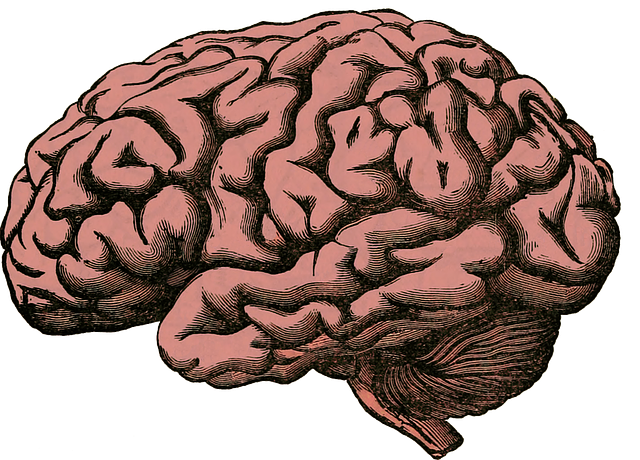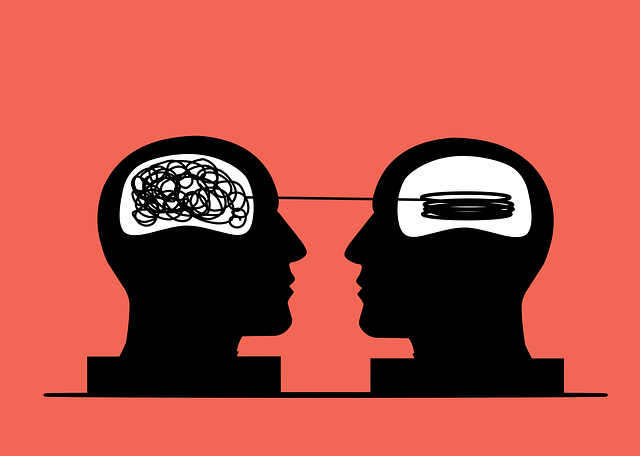Mental health advocacy in Longmont, highlighted by initiatives like Longmont EMDR Therapy, plays a crucial role in supporting individuals battling mental health struggles. This therapy method uses bilateral stimulation techniques and mindfulness meditation to effectively treat trauma, anxiety, depression, and PTSD. By offering tools for stress management, communication improvement, and resilience building, these programs empower people to advocate for their mental well-being. Measuring the impact of such initiatives shows promising results in enhanced mental health and community transformation. Future efforts should focus on expanding access to evidence-based practices like EMDR Therapy through partnerships between healthcare providers, community groups, and policymakers.
Mental health advocacy initiatives in Longmont have gained significant momentum, with programs like Longmont EMDR Therapy leading the way. This article explores the transformative power of advocacy, delving into strategies and success stories that highlight its impact. We examine how initiatives empower individuals, measure their effectiveness, and chart future directions to ensure ongoing support for mental well-being in the community. Discover the game-changing role of Longmont EMDR Therapy in navigating the complex landscape of mental health.
- Unveiling Mental Health Advocacy: The Role of Longmont EMDR Therapy
- Strategies and Programs: Empowering Individuals Through Advocacy
- Measuring Impact: Success Stories and Future Directions for Mental Health Advocacy Initiatives in Longmont
Unveiling Mental Health Advocacy: The Role of Longmont EMDR Therapy

Mental health advocacy initiatives play a pivotal role in creating awareness and promoting support for individuals struggling with mental health issues. One such powerful approach is Longmont EMDR Therapy, which has gained prominence as an effective treatment method. EMDR stands for Eye Movement Desensitization and Reprocessing, a technique that assists individuals in processing traumatic memories and reducing the intensity of associated emotions.
Longmont EMDR Therapy goes beyond traditional talk therapy by incorporating bilateral stimulation, often through eye movements or tactile taps, to help clients reprocess distressing events. This unique method enables individuals to heal from past traumas and alleviate symptoms of anxiety, depression, and post-traumatic stress disorder (PTSD). By integrating self-care practices like mindfulness meditation into the therapeutic process, Longmont EMDR Therapy fosters a holistic approach to mental health. It encourages clients to develop a consistent self-care routine, enhancing their overall well-being and resilience. This comprehensive strategy not only addresses current challenges but also equips individuals with tools for long-term mental health management.
Strategies and Programs: Empowering Individuals Through Advocacy

Mental health advocacy initiatives play a pivotal role in empowering individuals to take control of their well-being. One effective strategy is Longmont EMDR Therapy, which focuses on trauma resolution and emotional processing. This approach enables clients to work through past traumatic experiences and reduce their impact on present-day functioning. By combining eye movement desensitization and reprocessing with cognitive therapy, this method facilitates profound healing and growth.
Complementing such therapies, Social Skills Training and Mental Wellness Journaling Exercises provide individuals with practical tools for managing stress, improving communication, and enhancing self-awareness. Additionally, Resilience Building programs equip people with coping mechanisms to navigate life’s challenges. These initiatives collectively foster a supportive environment where individuals can develop the necessary skills to advocate for their mental health, ensuring they receive the care and support they deserve.
Measuring Impact: Success Stories and Future Directions for Mental Health Advocacy Initiatives in Longmont

Measuring impact is a crucial aspect of evaluating the success of mental health advocacy initiatives in Longmont. By assessing key indicators such as increased access to therapy, improved self-esteem, and enhanced coping skills development, we can gain valuable insights into the effectiveness of these programs. For instance, Longmont EMDR Therapy has shown promising results in helping individuals process traumatic memories, leading to significant improvements in their mental well-being. Success stories like these not only highlight the immediate benefits but also emphasize the long-term potential for community transformation.
Looking ahead, future directions for mental health advocacy initiatives in Longmont should focus on expanding access to evidence-based practices, such as EMDR Therapy, and integrating these approaches into existing mental health policy analysis and advocacy efforts. By fostering stronger partnerships between healthcare providers, community organizations, and policymakers, we can ensure that coping skills development remains a priority, leading to a more resilient and supportive environment for all residents.
Mental health advocacy initiatives, such as those facilitated by Longmont EMDR Therapy, play a pivotal role in shaping supportive communities. By empowering individuals through various strategies and programs, these initiatives have proven to be game-changers in navigating mental health challenges. The success stories highlighted in this article underscore the impact of advocacy, fostering hope and healing. As we look ahead, continued efforts and collaboration are essential to expand and enhance mental health advocacy services in Longmont, ensuring a brighter and more resilient future for all.











